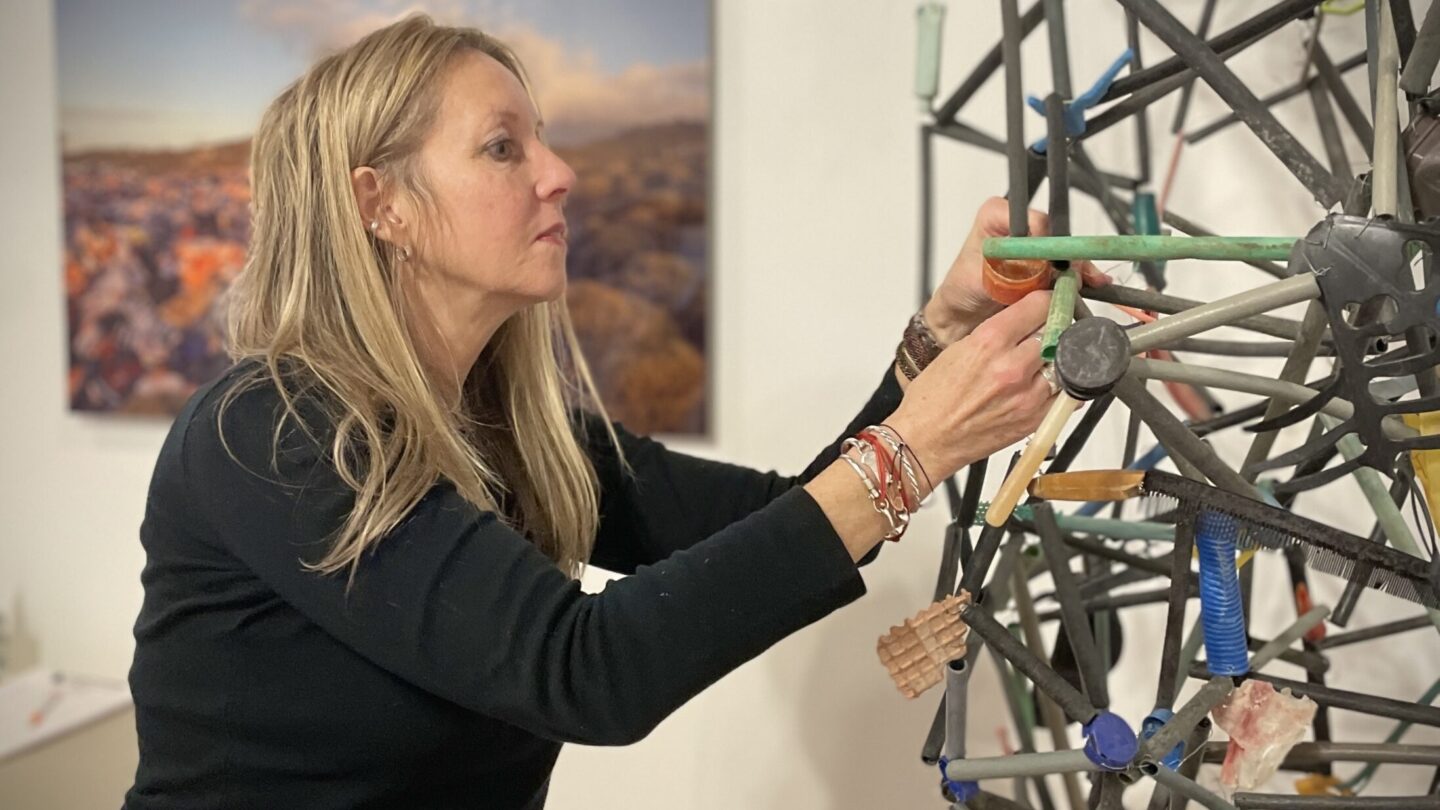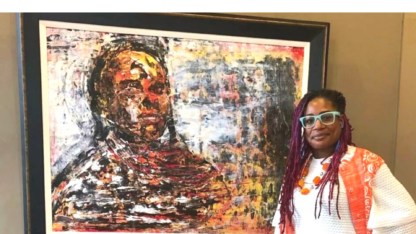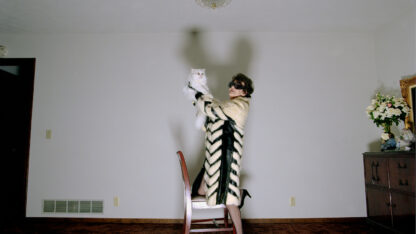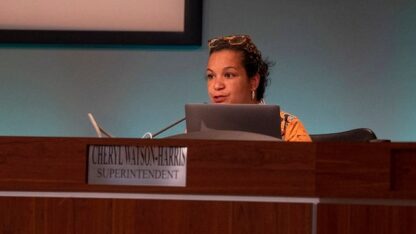GSU professor points to dangers of plastic pollution in exhibit 'Ocean Gleaning'

An estimated 14 million tons of plastic end up in the ocean every year, affecting marine life, birds, food quality, human health and contributing to climate change. Atlanta artist and Georgia State University art professor Pam Longobardi has been alerting us to this crisis through her artwork for over 15 years. Her organization, The Drifters Project, brings together art and outreach while cleaning beaches worldwide. Longobardi’s new exhibition, “Ocean Gleaning,” is on view at the Fall Line Press Studio in Castleberry Hill through April 15, anticipating the upcoming release of her new book of the same name. The artist and activist joined “City Lights” host Lois Reitzes via Zoom to discuss the ongoing challenge of plastic pollution and how she finds art and poetry therein.
Interview highlights:
Using discarded plastics and other materials to make art:
“I really was just so stunned by what this material looked like. It just had such an aura and a strange, uncanny presence, and it just seemed like, ‘This is real.’ And this is something that has circumnavigated the globe, either through commerce or as a floating drifter. So it’s come back changed from that experience,” said Longobardi. “That material has a kind of resonance because it’s been acted upon by so many forces and beings.”
What you can learn from plastics pulled from the ocean:
“Some of [the materials] are just a piece of plastic that’s been chewed on,” Longobardi said. “This plastic floating around in the ocean is being tested as a food source by all kinds of creatures. So one of the things that I find regularly are tooth marks all over pieces of plastic, and some of them are from enormous sharks. A shark bite has a very particular triangular shape when it bites into something.”
“I do think the ocean is actually communicating with us through this material. It’s not inert anymore. It’s been changed, and if we pay attention to that in a way, and listen to it and read it — even forensically, I think there’s there’s information to be gathered that might be on the scientific side — or it might be completely on the poetic side, but it’s a form of turning your attention towards something other, and that other is a big, I think, conscious entity that has agency.”
A long-overdue shift in our view of the ocean:
“I think there’s been, through the entire industrial revolution, there’s been a notion about the ocean as a surface, as something that is just a shallow reflection upon which the shipping industry moves,” said Longobardi. “One artist I really admire, Alan Kula, he changed a lot of the way we started to think about that through his project that was photographing the backend of the hidden parts of the shipping industry around the world … The ocean was not this surface upon which we moved, but it was a vast ecosystem.”
“Now that we’re down under there, and we see what’s happening, and we can really study it and learn from it, then we see that, yeah, this is actually the driving engine of the atmosphere on the planet. It moves our weather. It’s so critical to the functioning of all the ecosystems on the planet, so it’s in our best interest to really take care.”
Pam Longobardi’s exhibition “Ocean Gleaning” is on view through April 15 at the Fall Line Press Studio in Castleberry Hill, 364 Nelson St. SE, Ste. 11. More information about The Drifters Project and Longobardi’s upcoming new book can be found at driftersproject.net.








